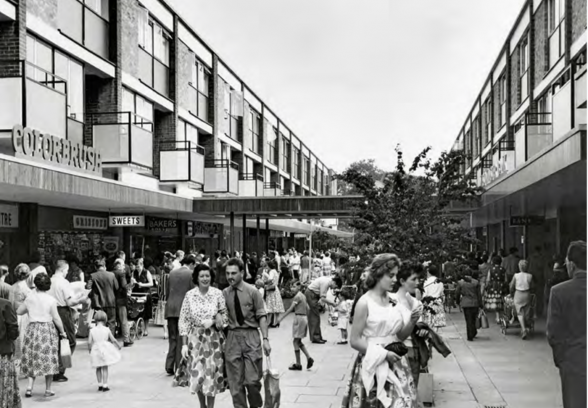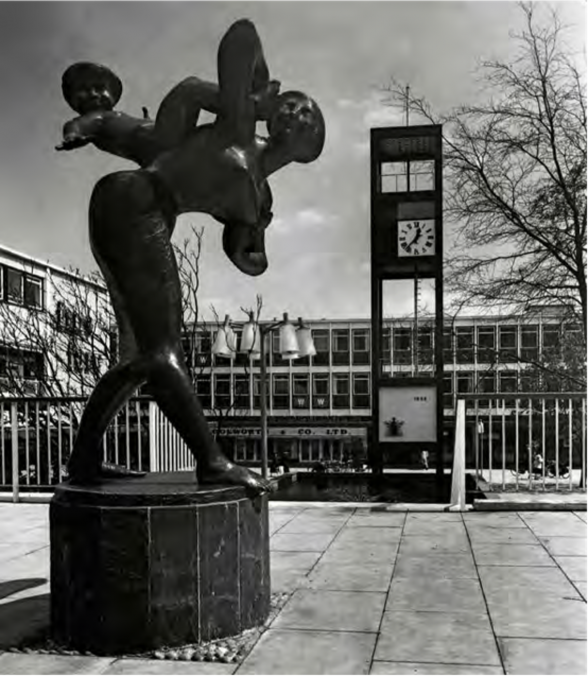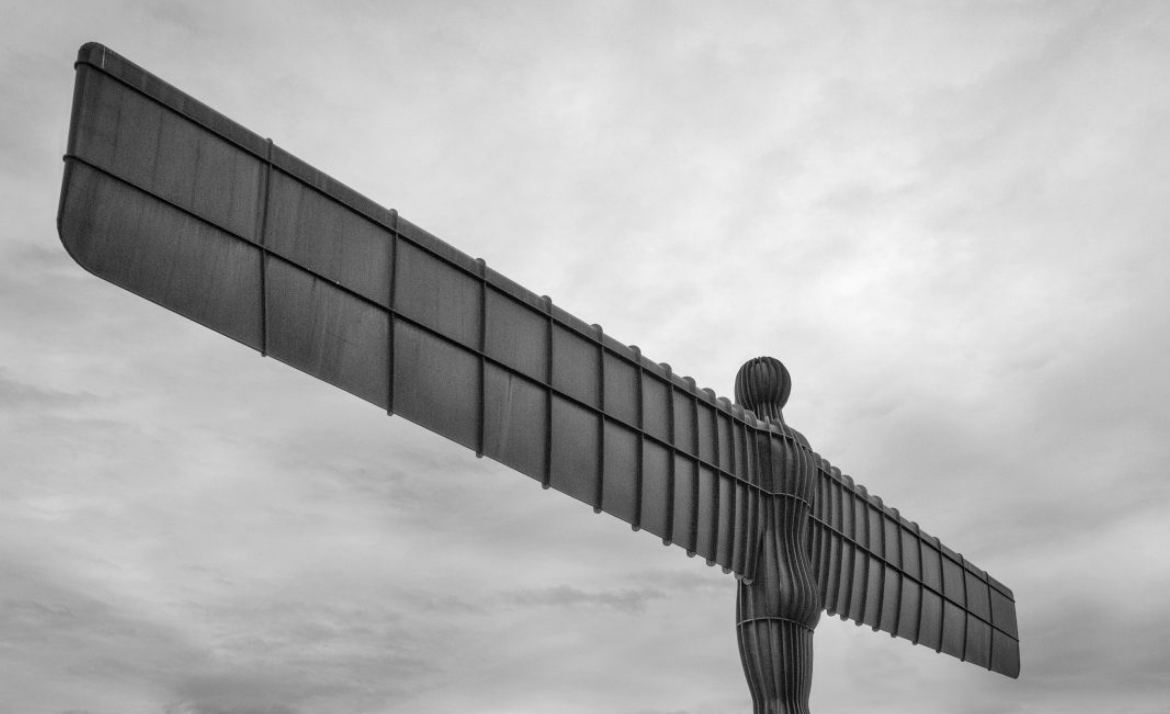This website uses cookies
This website uses cookies to enable it to function properly and to analyse how the website is used. Please click 'Close' to accept and continue using the website.



Photo: John Maltby/ RIBA Collections
Regeneration plans if well carried out could highlight the strengths of the new town’s original design
Stevenage New Town was the first of the post-war new towns to be designated, in 1946. Eight new towns were planned in a ring around the capital to rehouse Londoners dispossessed by bomb damage or escaping from the increasingly unbearable slums. The designation of Stevenage was not without controversy, as the village’s existing population of some 6,000 inhabitants protested at the proposals to expand to 60,000. But they were overruled, and a new settlement sprang up, divided into six residential neighbourhoods each with their own central facilities, an industrial area and a town centre focused on the Town Square. Stevenage still retains its original basic plan, modelled on the Dutch concept developed to separate traffic from pedestrians and provide a network of cycle paths. From the outset these were seen as both a safety feature and a way of promoting a healthy lifestyle. Much in line with today’s approach to greening our urban areas, Lewis Silkin, the Minister of Town and Country Planning, recognised the need for an integrated approach, linking environment to wellbeing. He championed the new towns, and Stevenage in particular, as places where ‘a new type of citizen, a healthy, self-respecting, dignified person with a sense of beauty, culture and civic pride’ would become the norm. The cycle ways and the pedestrianised town centre were pioneering examples which were to be repeated in later new towns. Like many other new towns, time has not been kind to Stevenage, and the town needs an initiative to re-discover the utopian ideals of its founders. It does have some protection from listing: the church of St Andrew and St George by Seely and Paget, recently visited on a C20 tour, is Grade II listed. The Grade II Clocktower records on its faces not only the politicians involved in the town’s development but also the visit of the Queen on 20 April 1959 to open the first phase of the town centre and name Queensway. There is also a listed sculpture, ‘Joyride’ by the Czech artist Franta Belsky, intended to evoke the idea of a new generation of growth.
The central shopping streets and Town Square now form part of the only designated town centre Conservation Area of a first-generation new town: hugely important, not only for Stevenage, but for other first generation new towns in England whose central areas have suffered from major alterations in recent years. At Stevenage, designation has ensured its intactness, but the CA is currently on Historic England’s Heritage at Risk Register as at risk due to deterioration and neglect.
Several recent attempts at regeneration plans for the town centre have fallen by the wayside, but now the local council has a 20-year phased masterplan to achieve a rediscovery of the founders’ vision. We have been consulted about the proposals, which aim to revitalise the town centre, redevelop central buildings and recover the connectivity of green spaces and sustainable transport routes through the town. Our first concern was for the CA’s integrity: many of its original characteristics, such as the uniform height of buildings (enhancing the prominence of the Clocktower as a landmark), the continuous canopies over the shops, the palette of materials and the careful use of colour, are all still intact. We wanted the council and its partner developers to understand that these attributes must be respected by any development within the CA or its setting. Although carefully located tall buildings already exist in the setting of the Town Square, these are either not visually intrusive from within the CA or serve an architectural purpose, such as deliberately terminating a view. Replacements should adopt a similarly sensitive approach.
The loss of the Post Office building from the Town Square and some unfortunate later developments have affected the integrity of this area. A replacement building here would not necessarily harm the CA but its design would require careful handling to avoid dominating the square and respect the setting of the Clocktower and the Joyride sculpture (which the council could improve the setting of as it currently seems marooned on top of the public conveniences). The first phase of the plan provides a new ‘hub’ building housing council services and a library, bringing much needed local facilities back into the heart of the town.
Naturally, we support the wider regeneration of Stevenage, especially if it renews pride in its post-war heritage. It’s hoped that the regeneration programme will raise funds to conserve the Town Square and halt the deterioration of this central area. We also hope the masterplan will not only protect Stevenage’s 20th century buildings but also mean that the wisdom of the new town’s original plan is rediscovered.
Clare Price

Photo: John Maltby/ RIBA Collections

Become a C20 member today and help save our modern design heritage.